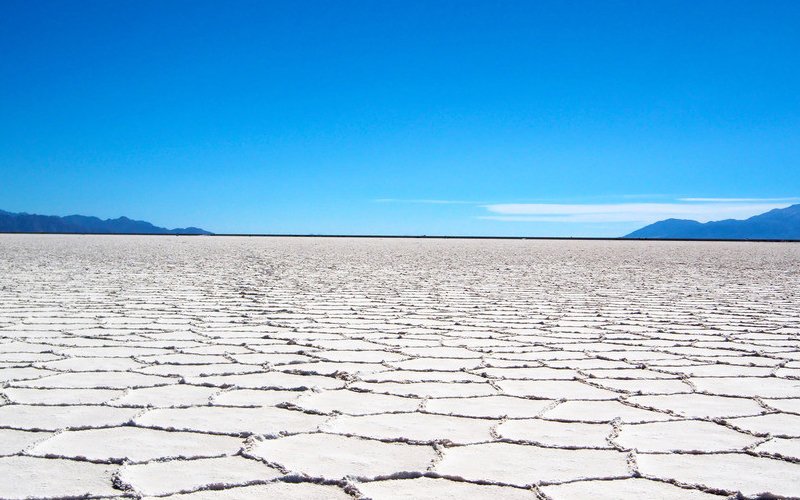Saline land requires a specific irrigation strategy to manage its high salt content. Here are some techniques that can be used to irrigate saline land effectively:
- Leaching: This technique involves irrigating the saline land with a large amount of water to flush out the salts. The excess water helps to push the salts down into the soil, away from the plant roots.
- Drip Irrigation: Drip irrigation is an effective technique to irrigate saline land. In this method, water is delivered directly to the plant roots in a slow, steady drip. This helps to avoid the accumulation of salt in the soil, as the water is not allowed to pool on the surface.
- Mulching: Mulching involves covering the soil with a layer of organic material, such as straw or compost. This helps to prevent evaporation and reduce the amount of salt that accumulates on the soil surface.
- Use of Saline Tolerant Crops: The use of crops that can tolerate high salt levels is another way to manage saline land. These crops are adapted to grow in soils with high salt content, and can withstand the stresses that come with saline conditions.
- Use of Gypsum: Gypsum is a natural mineral that can help to reduce the salt content of the soil. It can be applied to the soil before planting, or as a top dressing during the growing season.
It is important to note that the irrigation strategy for saline land should be tailored to the specific soil and crop conditions. Consulting with a local agricultural expert can help to determine the best approach for managing saline land in your area.


